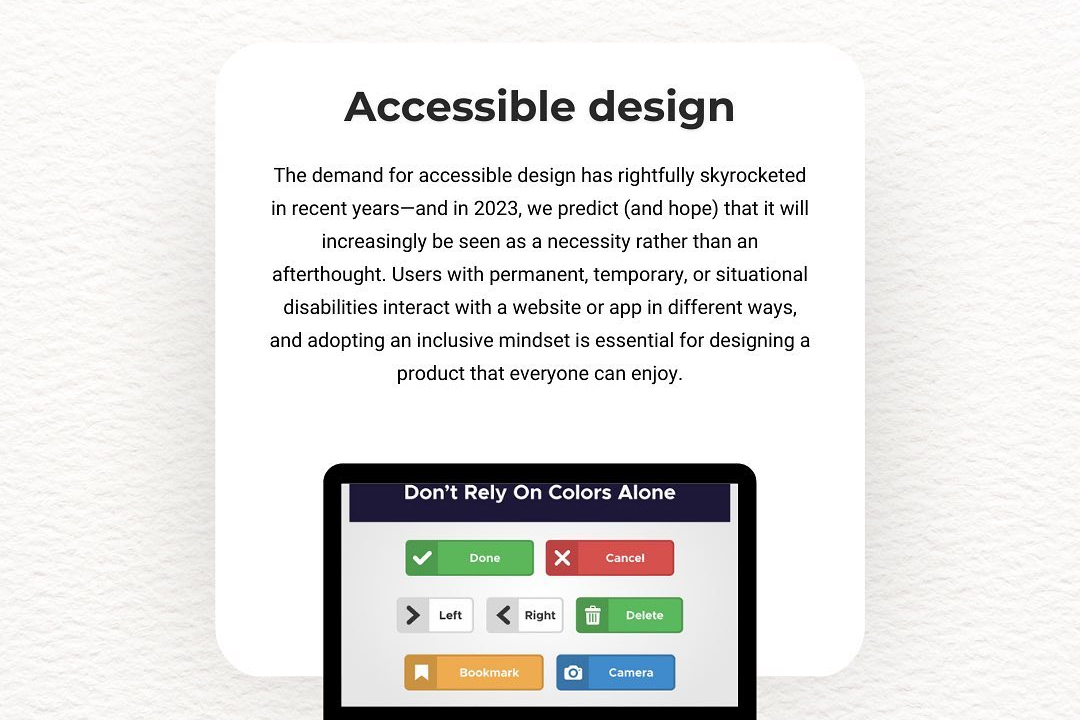Factorial Program Using Php
A factorial program in PHP calculates the product of all positive integers up to a specified number,
Factorial Program Using Php
A factorial program in PHP is a fundamental tool used to perform mathematical calculations involving permutations, combinations, and series expansions, which are essential in fields like statistics, engineering, and computer science. Implementing a factorial function helps developers understand key programming concepts such as loops, recursion, and function design in PHP. Additionally, it provides a foundation for solving more complex problems involving recursive algorithms and mathematical modeling, making it a valuable exercise for learners and a useful utility in various analytical applications.
To Download Our Brochure: https://www.justacademy.co/download-brochure-for-free
Message us for more information: +91 9987184296
A factorial program in PHP is a fundamental tool used to perform mathematical calculations involving permutations, combinations, and series expansions, which are essential in fields like statistics, engineering, and computer science. Implementing a factorial function helps developers understand key programming concepts such as loops, recursion, and function design in PHP. Additionally, it provides a foundation for solving more complex problems involving recursive algorithms and mathematical modeling, making it a valuable exercise for learners and a useful utility in various analytical applications.
Course Overview
The “Factorial Program Using PHP” course covers implementing factorial calculations through iterative and recursive methods, teaching core PHP programming skills, logic building, and practical application of functions. It provides hands-on experience with handling mathematical functions in PHP, making it ideal for beginners and developers looking to strengthen problem-solving skills.
Course Description
Learn to calculate factorials in PHP with this course, covering iterative and recursive methods, foundational PHP concepts, and practical problem-solving skills.
Key Features
1 - Comprehensive Tool Coverage: Provides hands-on training with a range of industry-standard testing tools, including Selenium, JIRA, LoadRunner, and TestRail.
2) Practical Exercises: Features real-world exercises and case studies to apply tools in various testing scenarios.
3) Interactive Learning: Includes interactive sessions with industry experts for personalized feedback and guidance.
4) Detailed Tutorials: Offers extensive tutorials and documentation on tool functionalities and best practices.
5) Advanced Techniques: Covers both fundamental and advanced techniques for using testing tools effectively.
6) Data Visualization: Integrates tools for visualizing test metrics and results, enhancing data interpretation and decision-making.
7) Tool Integration: Teaches how to integrate testing tools into the software development lifecycle for streamlined workflows.
8) Project-Based Learning: Focuses on project-based learning to build practical skills and create a portfolio of completed tasks.
9) Career Support: Provides resources and support for applying learned skills to real-world job scenarios, including resume building and interview preparation.
10) Up-to-Date Content: Ensures that course materials reflect the latest industry standards and tool updates.
Benefits of taking our course
Functional Tools
1 - PHP Development Environment: The course primarily uses PHP, a widely used server side scripting language. Students are introduced to PHP development environments such as XAMPP, WAMP, or MAMP which facilitate local server setup on their computers. These tools provide Apache server, PHP interpreter, and MySQL database, enabling learners to run and test PHP scripts in an environment similar to production servers. Setting up these platforms is essential for writing, debugging, and executing PHP code efficiently during the course. The hands on experience with these tools helps students understand server client interactions and prepares them for real world web development tasks.
2) Text Editors and Integrated Development Environments (IDEs): Students are guided to use effective code editors like Visual Studio Code, Sublime Text, or PHPStorm. These IDEs offer syntax highlighting, code completion, debugging support, and version control integration, which significantly enhance productivity. The course emphasizes configuring these editors with PHP specific plugins and extensions to streamline coding and error detection. Leveraging advanced features like code linting and auto formatting not only accelerates learning but also inculcates best practices for clean, maintainable code writing. Familiarity with these tools ensures students are industry ready for collaborative development and complex projects.
3) Version Control Systems – Git and GitHub: Version control is a vital tool covered in the course to help students manage code changes systematically. They learn to use Git to track revisions, collaborate with peers, and handle different development branches effectively. GitHub serves as a platform for hosting repositories, facilitating code sharing, peer reviews, and project management. Students practice commands like commit, push, pull, merge, and resolve conflicts within a practical context. Mastery of version control tools is crucial for teamwork, maintaining code integrity, and deploying updates confidently across various environments.
4) Debugging and Testing Tools: To ensure robust program development, learners utilize debugging tools like PHP's built in error reporting and external debuggers such as Xdebug. These tools assist in pinpointing syntax errors, logical flaws, or runtime issues during code execution. The course demonstrates techniques to interpret error logs, set breakpoints, and monitor variable states, fostering a systematic approach to troubleshooting. Additionally, unit testing frameworks like PHPUnit may be introduced to automate test cases, verifying correctness after code modifications. Effective debugging ensures the development of reliable, error free applications.
5) Web Browser Developer Tools: Since PHP run on servers and output results as web pages, students are trained to leverage browser developer tools like Chrome DevTools or Firefox Developer Tools for front end testing. These tools allow inspection of HTML, CSS, and JavaScript elements generated by PHP scripts, enabling seamless integration between server side logic and client side presentation. Students learn to analyze network requests, monitor page load performance, and debug issues related to how PHP generated content is rendered in browsers. Understanding these tools bridges the gap between back end PHP code and front end user experience.
6) Database Management Tools: For handling project data, students are introduced to database tools such as phpMyAdmin or MySQL Workbench. These interfaces facilitate designing database schemas, executing SQL queries, and managing data tables linked with PHP scripts. The course covers connecting PHP to databases securely and performing CRUD (Create, Read, Update, Delete) operations efficiently. Working with these tools helps students understand data persistence, querying, and security best practices, essential for dynamic web applications involving user data or settings.
7) Learning Management and Collaboration Platforms: To coordinate coursework, students might use platforms like Moodle, Google Classroom, or Microsoft Teams. These tools facilitate sharing course materials, submitting assignments, participating in discussions, and receiving instructor feedback. Collaboration features allow peer reviews, group projects, and real time communication, fostering an interactive learning environment. Familiarity with such platforms prepares students for remote working conditions, online collaboration, and professional project management systems used in the tech industry.
8) Online Code Repositories and Resources: Supplementary tools such as GitHub repositories, Stack Overflow, and online coding platforms like CodePen or JSFiddle are incorporated. These resources provide access to code snippets, troubleshooting techniques, and community support. Students learn to utilize these repositories to explore common solutions, collaborate on coding challenges, and stay updated with industry trends. Access to a vast knowledge base encourages continuous learning and problem solving outside of structured lectures, vital for career growth in programming.
9) Project Management and Planning Tools: During the course, learners may use tools like Trello, Jira, or Asana to plan and organize their project tasks. These platforms help break down the factorial program project into manageable stages, assign deadlines, and track progress. Emphasizing structured planning instills discipline and clarity in project execution. Such tools mirror professional software development workflows, preparing students for real world project management scenarios involving multiple team members and complex deliverables.
10) Presentation and Documentation Tools: To encourage comprehensive documentation and satisfactory project presentation, students might use tools like Microsoft Word, Google Docs, or Markdown editors. These facilitate creating detailed project reports, user manuals, and technical documentation. Clear, well organized documentation supports code maintainability and effective communication with stakeholders or clients. Enhancing documentation skills complements coding proficiency, ensuring the project’s usability and future scalability.
These tools collectively provide a holistic learning experience, equipping students with practical skills in setting up development environments, writing, debugging, managing code, collaborating, and deploying PHP based projects effectively.
11 - Containerization and Virtualization Tools: The course introduces students to Docker and VirtualBox to create isolated development environments. This ensures consistency across different machines, simplifies dependency management, and streamlines deployment processes. Learning to containerize PHP applications prepares students for scalable, portable, and secure application deployment in cloud or server environments.
12) CI/CD (Continuous Integration/Continuous Deployment) Tools: To promote modern development practices, the course covers tools like Jenkins, GitHub Actions, or GitLab CI. These platforms automate testing, code integration, and deployment workflows, enabling rapid iterations and high quality software releases. Familiarity with CI/CD pipelines prepares students for efficient, automated development cycles in professional settings.
13) Cloud Service Platforms: Students might explore cloud platforms such as AWS, Azure, or Google Cloud Platform to deploy their PHP projects. This exposure helps them understand server provisioning, database hosting, and security configurations in cloud environments, preparing for scalable and distributed application deployment.
14) Security Testing and Vulnerability Scanning Tools: The course emphasizes security best practices by introducing tools like OWASP ZAP or Burp Suite. These tools help identify vulnerabilities in PHP applications, such as SQL injection or XSS attacks, fostering a security first development mindset essential for protecting web applications.
15) Performance Monitoring and Optimization Tools: Students learn to use tools like New Relic, Blackfire, or PHP profiling tools to analyze application performance. Identifying bottlenecks, optimizing database queries, and managing server resources ensure their PHP projects are efficient, scalable, and user friendly.
16) API Testing Platforms: As APIs are integral to modern web applications, the course covers tools like Postman and Swagger. Students practice designing, testing, and documenting RESTful APIs integrated into PHP projects, enhancing their backend interoperability skills.
17) Automated Code Quality and Linting Tools: Incorporating tools such as PHP_CodeSniffer, PHPMD (PHP Mess Detector), and StyleCI ensures adherence to coding standards and best practices. Regular code analysis maintains high quality, readable, and maintainable codebases.
18) Email Testing and Delivery Tools: The course might include modules on configuring email functionality using tools like MailHog, Mailtrap, or SMTP servers. Students learn to develop features like notifications, password resets, or user registration emails securely and reliably.
19) Localization and Internationalization Tools: To build globally accessible applications, students explore tools and practices for language translation, timezone adjustments, and locale specific formatting within PHP projects.
20) Accessibility and Web Compliance Tools: Ensuring applications meet accessibility standards like WCAG, students utilize tools such as WAVE, axe, or Lighthouse. These help make PHP powered websites usable for all users, including those with disabilities.
By integrating these additional tools and technologies, JustAcademy ensures that students gain comprehensive, real world expertise in PHP development and associated workflows, preparing them to excel in dynamic, industry standard environments.
Browse our course links : https://www.justacademy.co/all-courses
To Join our FREE DEMO Session:
This information is sourced from JustAcademy
Contact Info:
Roshan Chaturvedi
Message us on Whatsapp:
Email id: info@justacademy.co












